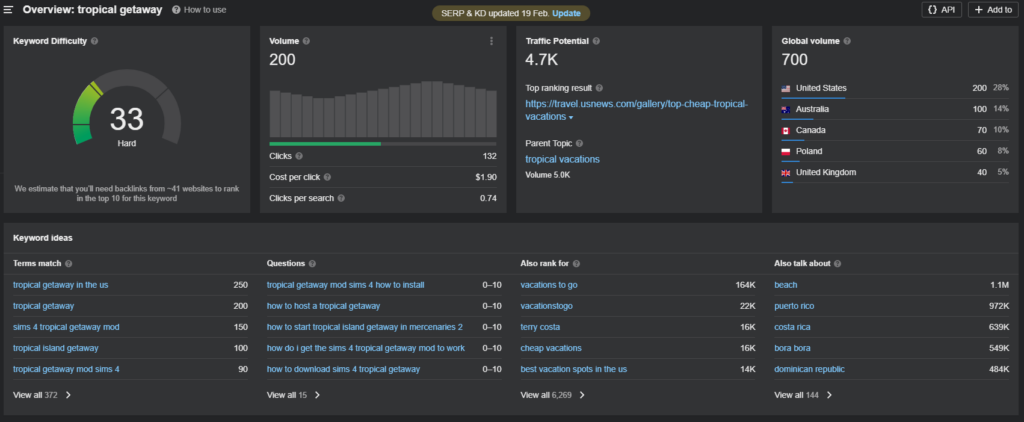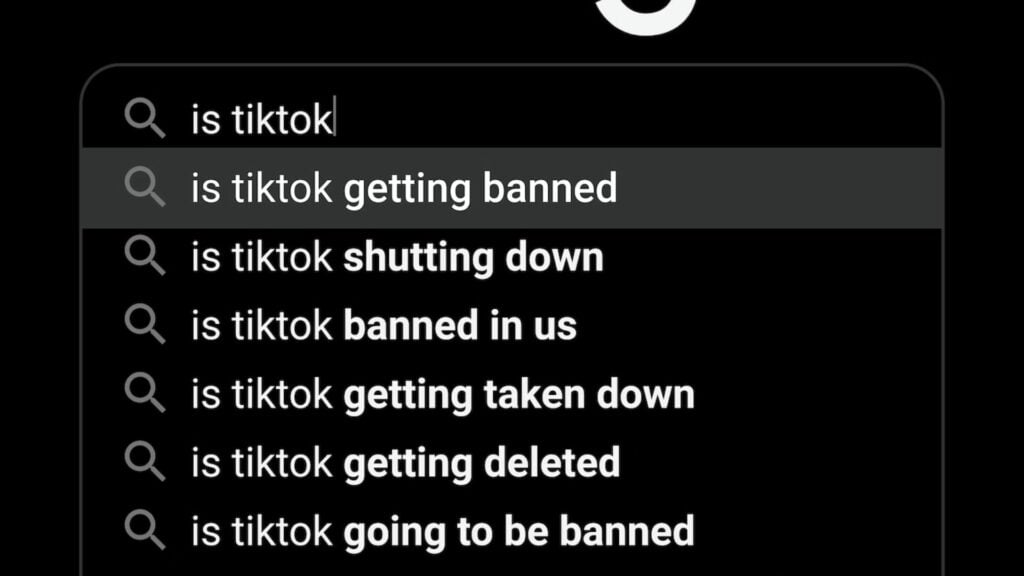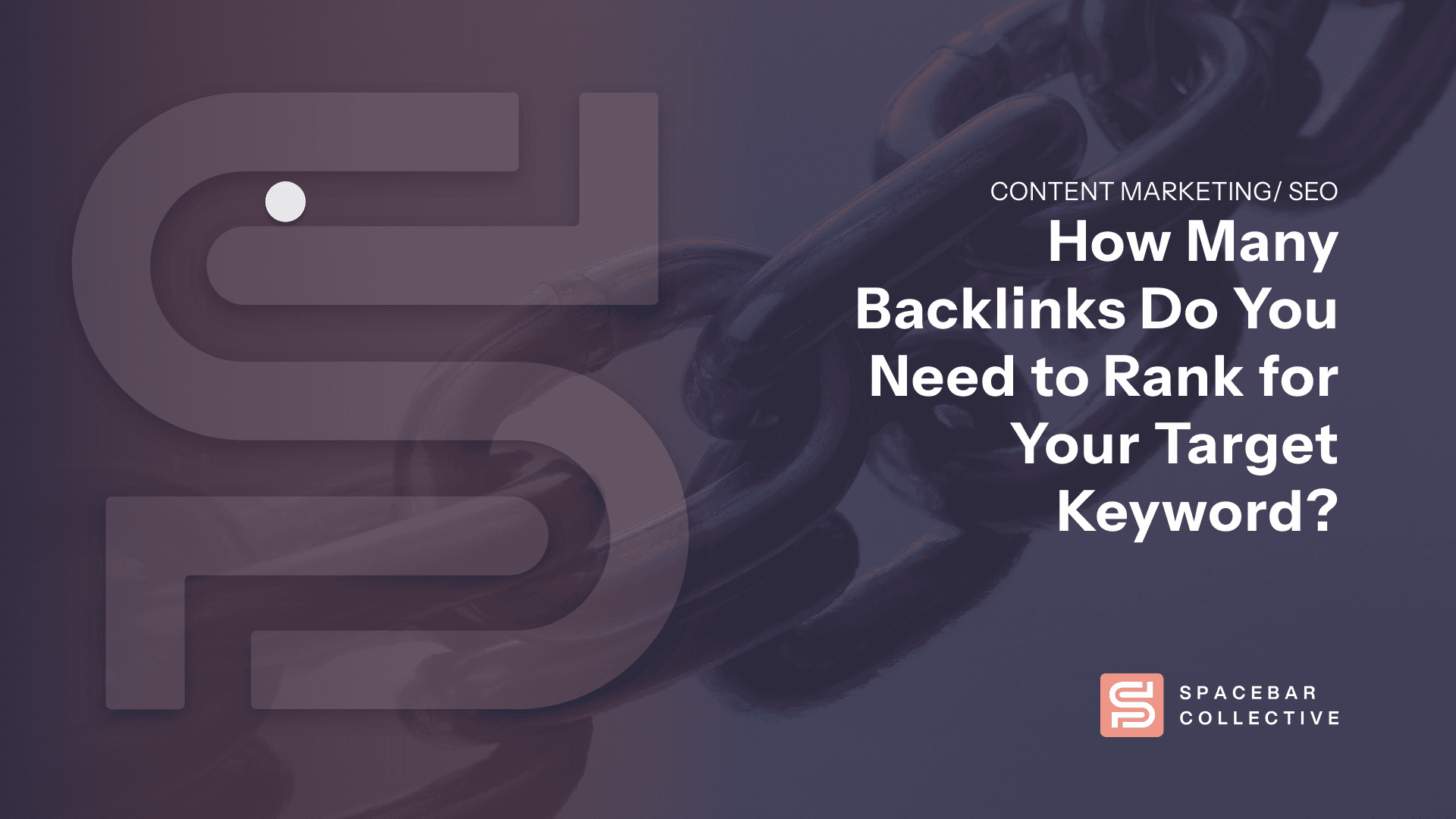Capturing the attention of your target audience and making sure that the content on your website appears in search engine rankings can be crucial for achieving effective digital marketing outcomes.
With so many online resources out there, having a comprehensive semantic SEO strategy is essential to ensure that your business stands apart from competitors. Semantic SEO is an approach to content creation centered around creating meaningful connections between keywords, phrases and topics – all while keeping search engine algorithms in mind so you don’t miss any key opportunities.
According to a recent study, more than 94% of SERP clicks come from organic listings, while paid ads account only for 6% of clicks. This means that optimizing your website with semantic SEO can effectively drive more traffic and enhance your digital presence. But what exactly are the steps to take for incorporating semantic SEO practices?
This guide is designed to help you understand the basics of semantic SEO and how it can be used to improve your website’s performance.
Understanding Entities in SEO
Entities are nouns or noun phrases that have a specific meaning. They can include people, places, organizations, products, and topics. Entities are important in SEO because they provide search engines with more information about the context of a page, which can help them understand its meaning and relevance better.
By leveraging entities, you can ensure your content is more accurate and relevant to the users’ search queries. For example, if you write a blog post that discusses the benefits of using Facebook Ads, it helps to include entities such as “Facebook” and “Ads” in the text. This way, when someone searches for “Facebook Ads,” your content will be more likely to appear in the search results.
What Is Semantic SEO?
Semantic SEO is an approach to SEO that helps web crawlers understand the meaning behind a website’s content. It looks at the purpose and context of words, phrases, and sentences to determine what a web page is about.
The goal is to boost search engine rankings by improving the relevance of a website and its content to specific user queries. Semantic SEO links related keywords and synonyms in appropriate contexts to help crawlers better understand the content.
Benefits of Semantic SEO
Semantic SEO is a huge development in search engine algorithms to better understand the context and meaning of web pages. Here are five benefits of semantic SEO, making it worth your time.
Improved User Experience
Semantic SEO makes it easier for customers to find what they’re looking for on your site, providing more relevant search results than traditional keyword-based SEO. Customers are more likely to get the exact service or product they’re looking for at your website, making for an improved user experience.
Easier Navigation
The more structured and organized your website’s pages are, the easier it is to find what you’re looking for. Semantic SEO makes navigating different web pages easier by recognizing their contextual relationships. This helps customers find what they need with fewer clicks, which improves user satisfaction.
Increased Brand Visibility
Semantic SEO helps ensure your website is visible to the right audience, ensuring that content is optimized for more specific and longer-tail queries. This means your content will be more visible and rank higher in the SERPs, helping you generate more leads and increase brand visibility.
Improved Page Rankings
Semantic SEO makes pages better optimized to match the current search engine algorithms and satisfy search intent. This means relevant content is more likely to land higher in the SERPs, improving your page rankings and helping you get more organic traffic.
More Qualified Traffic and Leads
Semantic SEO helps generate more qualified leads by optimizing content for specific, targeted phrases. Your website will be visible to the right people, helping you get more qualified leads and conversions. This leads to a stronger ROI for your SEO efforts, making it well worth your time and effort.
8 Ways to Use Semantic SEO for Better Rankings
SEO is becoming increasingly more complex as search engine algorithms become smarter. Following these tips to use semantic SEO will ensure you stay ahead of the competition and rank higher.
Focus on Search Intent
Search intent is the primary goal of an online search. It’s what a user hopes to find when they enter specific keywords into a search engine. Semantic SEO is all about satisfying search intent in your content so that it more closely matches what people are actually looking for when they make a query.
To use semantic SEO, start by focusing on the keywords that users are likely to enter when searching for a topic related to yours. Then think about what content would best fulfill the user’s intent.
For example, if someone is looking for help with an issue, creating content that provides clear instructions or advice on solving the problem would be more helpful.
Expand and Strengthen Your Keyword Research
Good keyword research is essential for successful SEO campaigns. Semantic SEO involves finding related keywords and topics to target that are relevant to your main keyword.
Using tools like Ubersuggest and ahrefs will help you identify popular search terms related to your product or service that you may not have thought of before. You can use these keywords to create more relevant content for your target audience.

Refine Internal and External Link Structure
Links can play an important role in helping search engines understand the content of your page. Semantic SEO requires optimizing internal and external links to ensure they are contextually relevant and logical. This means that when search engine crawlers encounter a link, it should clearly indicate where it leads and provide additional context about the content.
Semantic SEO also requires optimizing your anchor texts. The words and phrases in the link should be relevant to the page you are linking to, not just generic terms like “click here” or “learn more,” just as we did in the last sentence.
Leverage Content Optimization Tools
Content optimization tools like Surfer and GrowthBar can help ensure your pages are optimized for the best search engine results. These tools can help you create more relevant keyword-rich content optimized for semantic SEO. They also provide detailed information on how your pages perform in the SERPs and what needs improvement.
Analyze Google’s People Also Ask Boxes

Source: Unsplash
Google’s People Also Ask boxes are a great source of ideas for content topics and related keywords to target. Analyzing these boxes before writing new content for your website is recommended, as they can provide valuable insight into the type of information people seek. This will help you create content that is more likely to rank higher in the SERPs and attract more organic traffic.
Create Comprehensive Topic Outlines
Creating comprehensive topic outlines for your writing staff is a great way to ensure your content keeps semantic SEO top of mind. Topic outlines provide an organized structure to follow when writing content, allowing you to plan out topics, keywords and links that need to be covered. This ensures each page is as comprehensive and relevant as possible.
When creating topic outlines, make sure you include:
- Meta Title
- Meta Description
- Keywords
- Sub-Headings
- Brief for Headings
- Internal and External Links
- Related Keywords
- Anchor Text
Utilize Contextual Anchor Text
When optimizing your content for semantic SEO, use contextual anchor text in all of your internal and external links. This means that the words and phrases used in the link should provide more information about where it leads and what type of content is available there.
Using contextual anchor texts helps search engines understand the content on your page in relation to the pages it links to and gives them an idea of what to expect when they click on the link.
Use Structured Data Markup
Structured data markup is a code that identifies certain elements on your page, such as reviews, products, and events. Search engines use this information to provide users with more relevant search results.
Using structured data markup helps search engines better understand your website’s content, which can help you rank higher in the SERPs for related keywords. Additionally, it can help you get featured in the search results with rich snippets, giving your website more visibility and improving click-through rates.
To use structured data markup, you must use the right syntax and follow all guidelines. This can be a daunting task, so it’s recommended to seek help from a professional if you don’t have experience with coding.
Key Takeaways
Using semantic SEO is an effective way to improve your website’s search engine rankings. It improves user experience and visibility, ultimately leading to higher search engine rankings. By implementing the tips mentioned in this guide, you can optimize your content for semantic SEO and achieve better search engine rankings.
When incorporating semantic SEO strategies, remember to:
- Focus on user intent to relate your content better to the query.
- Conduct in-depth keyword research to target keywords and topics related to the main keyword.
- Optimize internal and external links for context, and use relevant words and phrases in anchor texts.
- Leverage content optimization tools like Ahrefs and Yoast to create keyword-rich content.
- Analyze Google’s People Also Ask boxes to get ideas for content topics and related keywords.
- Create comprehensive topic outlines that include titles, keywords, sub-headings, briefs for headings, and internal and external links.
- Utilize structured data markup to help search engines better understand the content on your website and get featured in the SERPs with rich snippets.






